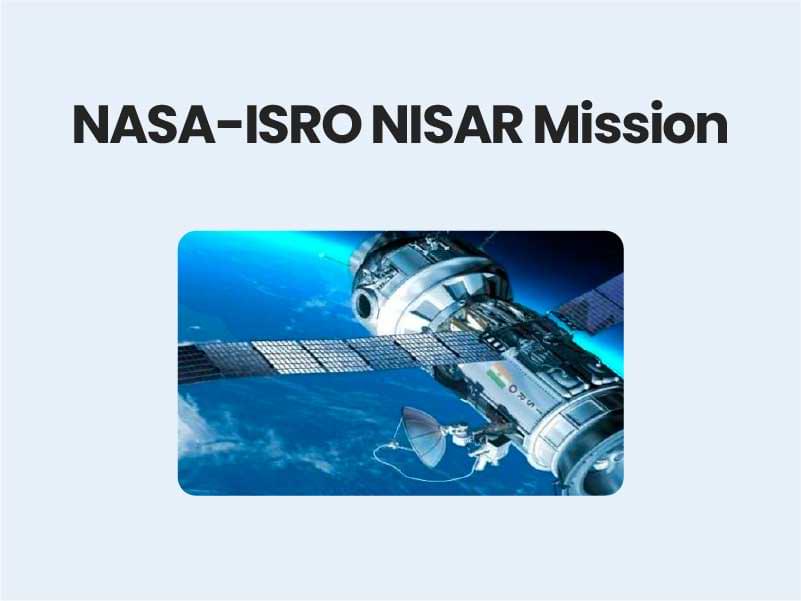Companion@360 → 7 Month programme to sharpen your writing skills → REGISTER NOW

NASA-ISRO NISAR Mission
NASA and ISRO are collaborating on developing a satellite called NISAR, which will detect movements of the planet’s surface as small as 0.4 inches over areas about half the size of a tennis court. The satellite will be launched in 2022 from the Satish Dhawan Space Center in Sriharikota, India, into a near-polar orbit and will scan the globe every 12 days over the course of its three-year mission of imaging the Earth’s land, ice sheets and sea ice to give an “unprecedented” view of the planet.
NISAR
- It’s an SUV-sized satellite that is being jointly developed by the space agencies of the US and India.
- The partnership agreement was signed between NASA and ISRO.
- NASA will provide one of the radars for the satellite, a high-rate communication subsystem for science data, GPS receivers and a payload data subsystem.
- ISRO, on the other hand, will provide the spacecraft bus, the second type of radar (called the S-band radar), the launch vehicle and associated launch services.
- NISAR is an all-weather satellite that’s going to give us an unprecedented ability to look at how Earth’s surface is changing.
- NISAR will be equipped with the largest reflector antenna ever launched by NASA and its primary goals include tracking subtle changes in the Earth’s surface, spotting warning signs of imminent volcanic eruptions, helping to monitor groundwater supplies and tracking the rate at which ice sheets are melting.

